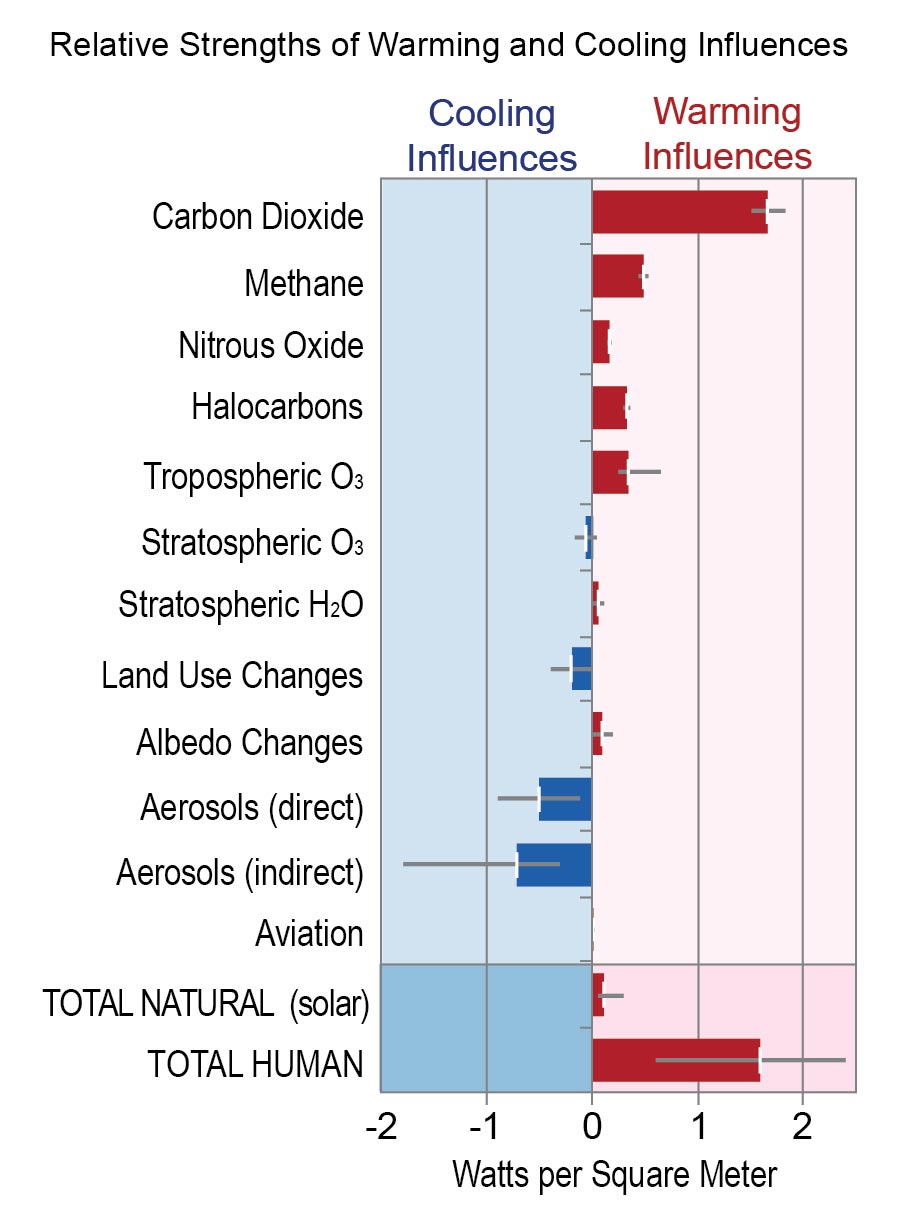Petit et al in their Nature article [“Climate and atmospheric history of the past 420,000 years from the Vostok ice core, Antarctica.” (see https://www.nature.com/articles/20859) & Barnola et al. https://cdiac.ess-dive.lbl.gov/trends/co2/vostok.html] note that the increase in CO2 follows the temperature increase by about 600-1000yrs. The skeptical science page [https://skepticalscience.com/co2-lags-temperature.htm] suggests that eccentricity leads and induces warming which then causes oceans to release CO2.
Shaken et al. [http://www.atm.damtp.cam.ac.uk/mcintyre/shakun-co2-temp-lag-nat12.pdf] try to lay the relationship to rest in their paper presenting composite data showing that rising temperature follows a rise in CO2 (see figures below). They note that the lead in Antarctic temperature over CO2 does not apply globally during the last 20,000 years. However, their Figure 2b (below) suggests that CO2 in the northern hemisphere lags the temperature rise, but leads in the southern hemisphere. Given the combined influence of water vapor, N2O and methane along with dust, etc. we are certainly looking at a multivariable response requiring a multivariate regression approach.
Shaken et al. make an important point: as detailed as the data are from the Vostok ice core they represent a single sample point on the planet. Their analysis shows considerable variability from point to point on the Earth and also between hemispheres.
Several variables that contributing to planetary warming and cooling are shown in the figure below from
https://nca2014.globalchange.gov/report/appendices/climate-science-supplement While the ice core data and data from other sources suggest that the coincidence of temperature rise with CO2 rise is not in lock step, it would seem that by injecting CO2 into Earth's atmosphere in the volumes we have over the last hundred years it is very likely this will be the major driver in today's unfolding climate change. The relationships operating in the past would be revealing of a more natural Earth systems response. This is not what we are witnessing today. Clearly what we are doing to Earth's atmosphere today is not representative of natural forcing.

For those wanting to examine the CO2 data more closely you will find the CO2 data presented by Barnoli
et al are available from https://cdiac.ess-dive.lbl.gov/ftp/trends/co2/vostok.icecore.co2.
You can find the deuterium data and conduct your own comparisons from https://cdiac.ess-dive.lbl.gov/ftp/trends/temp/vostok/vostok.1999.temp.dat. unfortunately you will have to do some resampling.



No comments:
Post a Comment